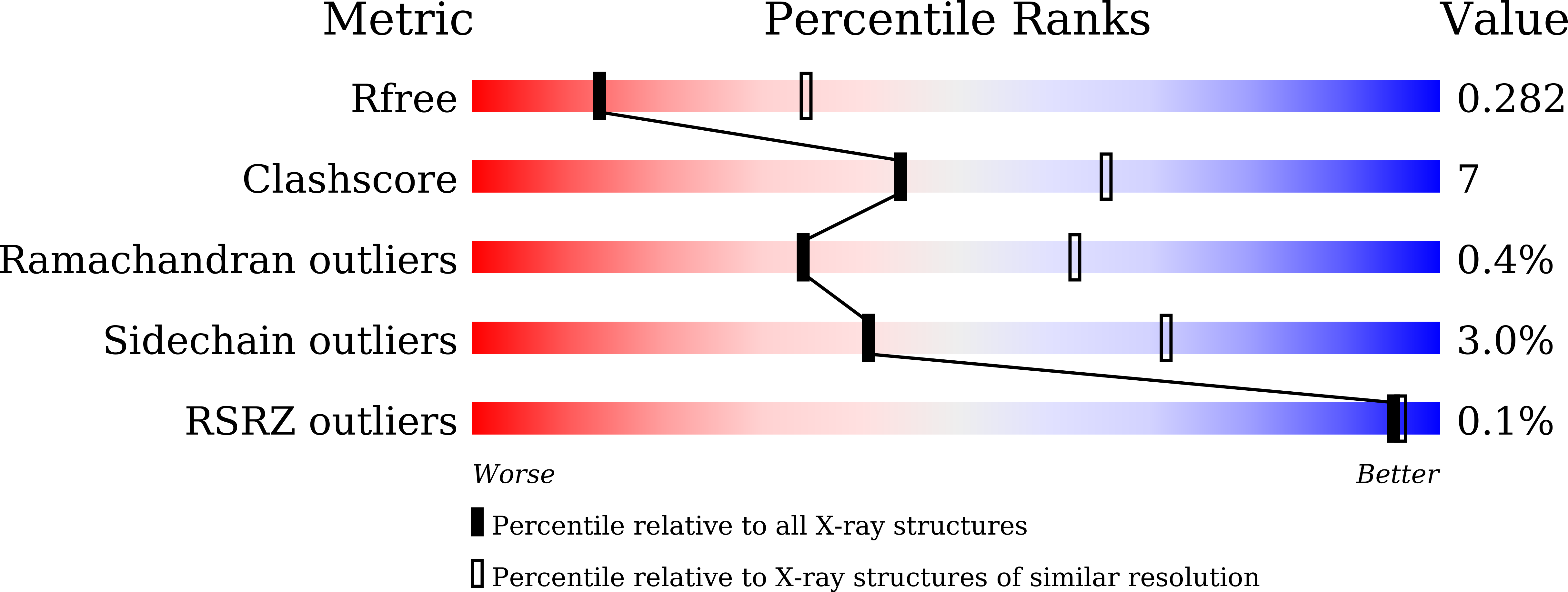
Deposition Date
2023-05-03
Release Date
2024-04-10
Last Version Date
2024-07-17
Entry Detail
Biological Source:
Source Organism:
Paenibacillus relictisesami (Taxon ID: 796573)
Host Organism:
Method Details:
Experimental Method:
Resolution:
2.85 Å
R-Value Free:
0.28
R-Value Work:
0.23
Space Group:
P 1


